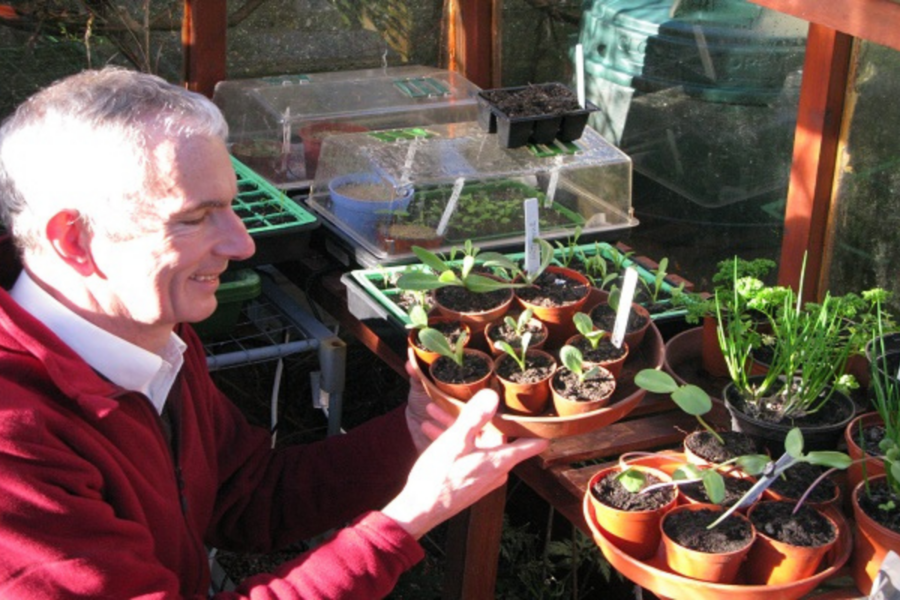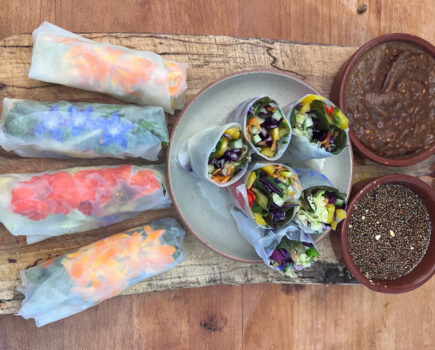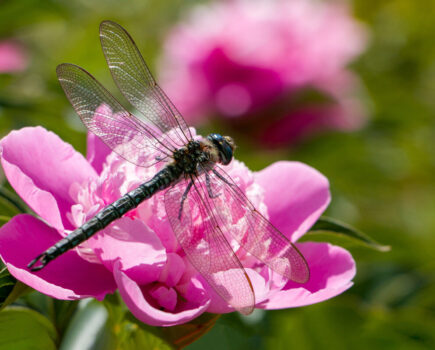Growing flowers, fruit and vegetables from seed is easy if you follow a few simple rules. We show you how in this simple guide.
THERE IS little more satisfying than growing magnificent, colourful flowers or delicious crops from a few tiny seeds. It’s also a lot cheaper than buying young plants. Many people never try sowing seeds because they think it’s difficult. It’s not. Others are put off because a sowing fails to germinate, or seedlings keel over and die. Let me reassure you, it happens to the most experienced of gardeners. But it doesn’t happen often if you follow a few simple rules, and with a little practice you can enjoy regular success.
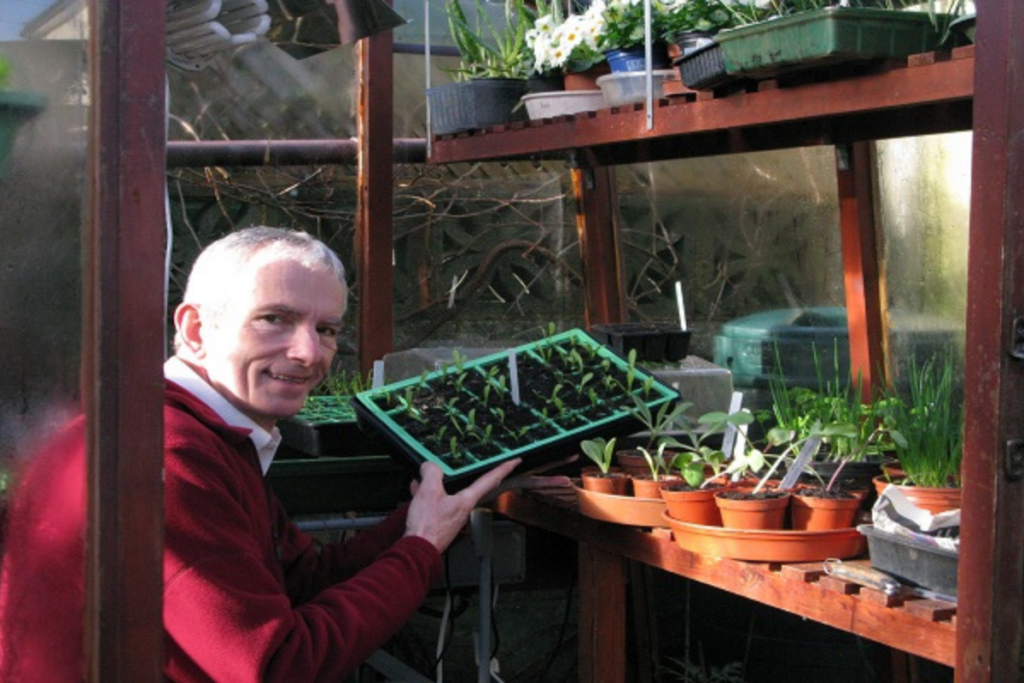
How to Sow Seeds
We have broken down seed sowing into five simple sowing methods:
1) Small pots
2) Fine seeds
3) Cell trays
4) Seed trays
5) Sowing in the soil.
Sowing under cover (methods 1-4) can start much earlier (February/March), while sowing outdoors in the soil takes place in April-May as the soil warms up. Each method suits particular types of seed or plant (more will be revealed as we go along).
A greenhouse is useful, as is a heated propagator – but they’re certainly not essential for successful seed sowing. A bright, warm windowsill will do fine to get early seeds started, and young plants can be moved outdoors as the weather warms into any of the cheap plastic tents or cloches available from garden centres. I use both.
Let’s Begin
To start seed sowing you’ll need:
– some clean, small 3in (7cm) pots
– cell trays
– seed trays
– plant labels
– a pencil or marker pen
– a bag of vermiculite
– a bag of fine horticultural sand (depending on what type of seeds you are sowing).
– a fungicide such as Bayer Fruit & Vegetable Disease Control is a useful addition to combat damping-off – a common fungal disease affecting seedlings – and a water spray to apply it.
– clear plastic bags, and an unheated propagator tray with a clear plastic lid.
You will also need a fresh bag of either Seed & cuttings compost, or Multipurpose compost – it’s best to have both. Seed & cuttings compost is very low in nutrients. This is because some seeds will not germinate well in composts which contain lots of fertiliser. Generally speaking, fine and delicate seeds should only be sown in Seed & cuttings compost, while bigger, robust seeds will be OK in Multipurpose compost. Unless you’ve tried before, you won’t know what size the seeds are until you open the seed packet!
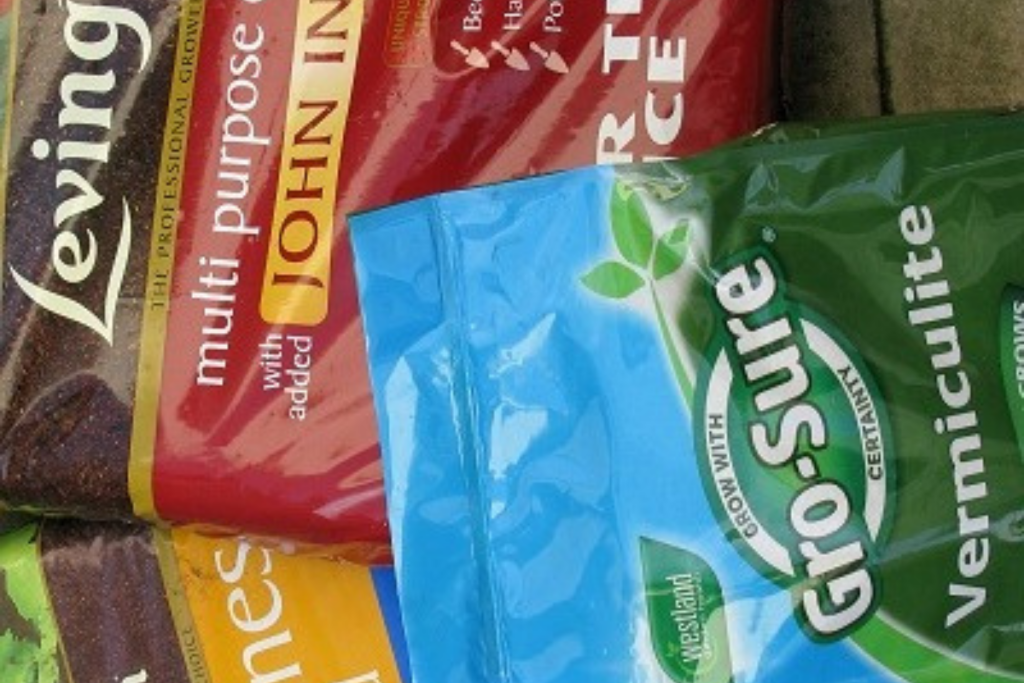
Other Things to Remember:
Very fine seeds (for example lobelia, nicotiana and petunia) should be sprinkled on the surface of moist compost and NOT covered with more compost.
All seeds – even those of fully hardy plants, require some warmth to germinate (start to grow), and good light (though not direct sunlight) as soon as they have germinated. The sill of a sunny window covered with a net curtain is fine, or you can buy a cheap electrically heated propagator (under £20). Positioned in a bright spot it will give more reliable results.
Top Tip
Don’t grow more plants than you can reasonably use in your garden. Some packets contain hundreds of seeds – do you really need 200 petunias? And have you space to grow them on? A small pinch of, say, 20 seeds should grow on to give you around 16 plants, allowing for a few losses.
Find more tips, advice and articles like this at the Amateur Gardening website. Subscribe to Amateur Gardening magazine now.

